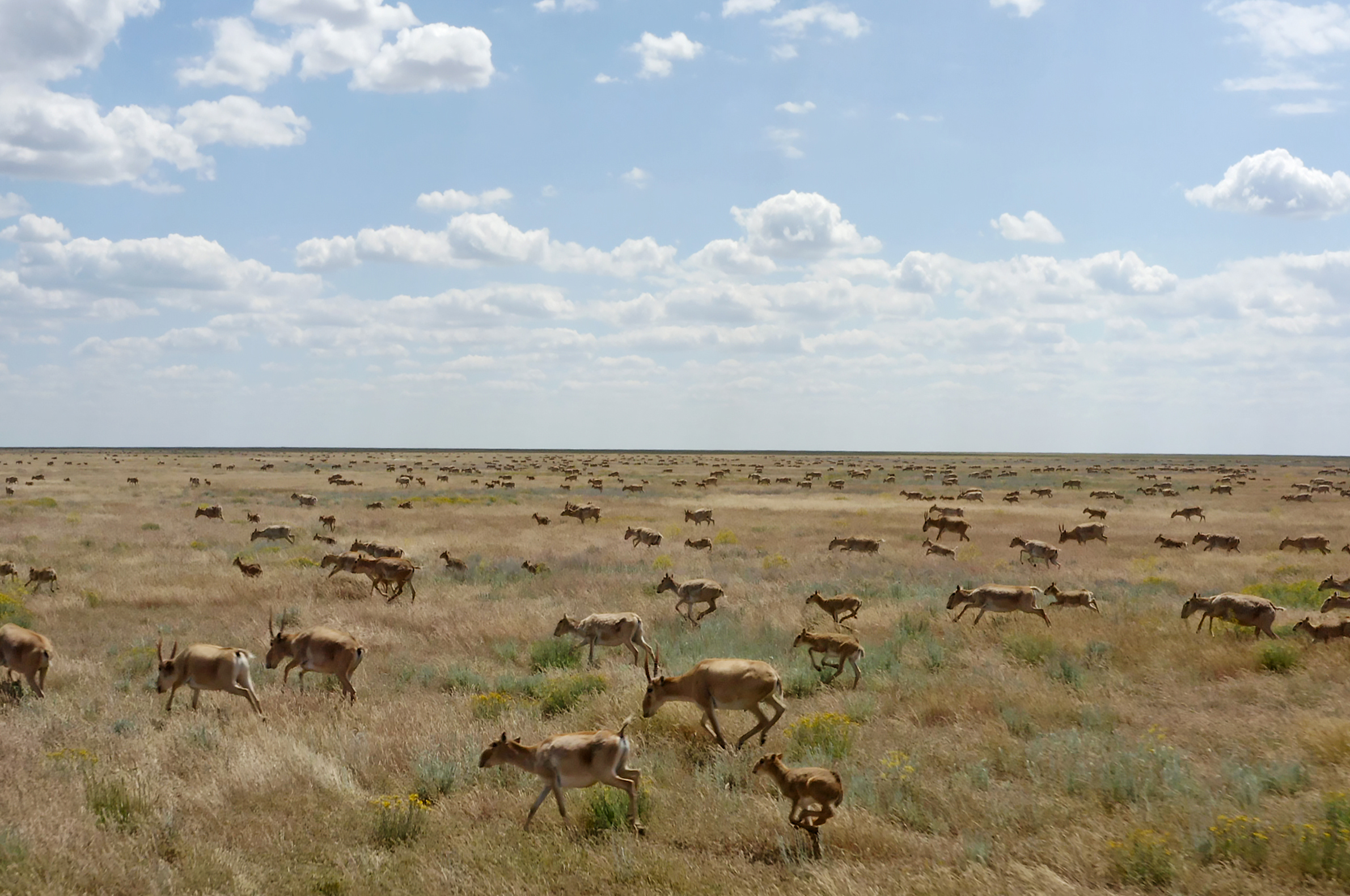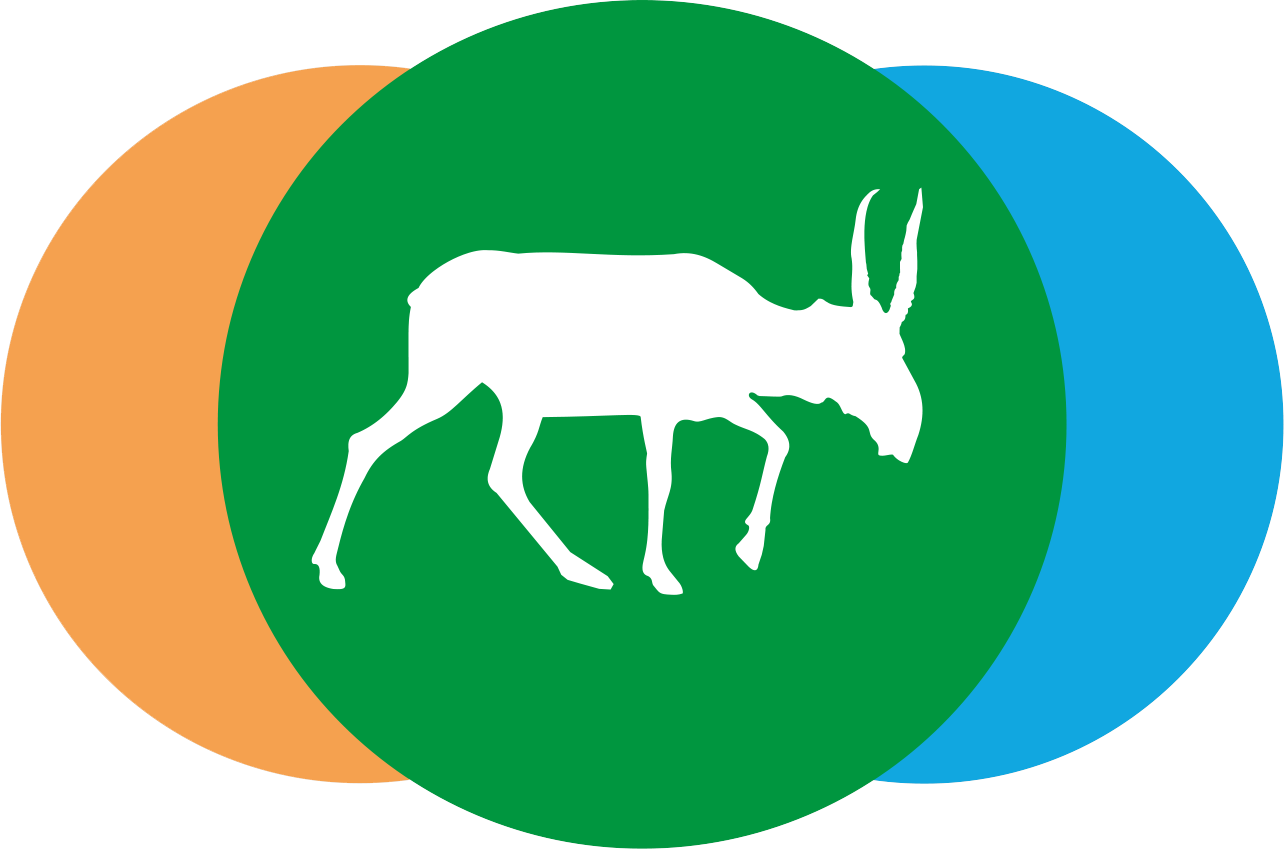Since 2010, every year the world celebrates Saiga Day – an international holiday initiated by Kazakhstan, Uzbekistan, and Russia.

98% of the world’s saiga population lives in Kazakhstan. Of the five main global saiga populations, three are in Kazakhstan:
- Betpak-Dala (Kazakhstan),
- Ural (Kazakhstan, Russia),
- Ustyurt (Kazakhstan, Uzbekistan, Turkmenistan).
According to the 2024 census, the pre-calving saiga population in Kazakhstan was 2,833,600. With the May 2024 calving, it is projected to reach 4.1 million (the peak in the Kazakh SSR era was 1.2 million).
When saiga numbers plunged, it was researchers from the Institute of Zoology who first sounded the alarm. Thanks to a systematic state conservation policy, significant progress has since been made in restoring the population.
In December 2023, the International Union for Conservation of Nature (IUCN) moved the saiga from “Critically Endangered” to “Near Threatened” on its Red List. This was made possible by a dramatic population increase in Kazakhstan. Recall that by 2003, numbers had fallen to just 21,000.
Staff at the Institute of Zoology have studied saiga systematically for decades: participating in annual aerial surveys, analyzing spatial structure and demographic indicators, and monitoring seasonal migrations, calving, and rutting. Currently, the Teriology Laboratory team is on site at calving areas and taking part in population counts.
05.05.2025
